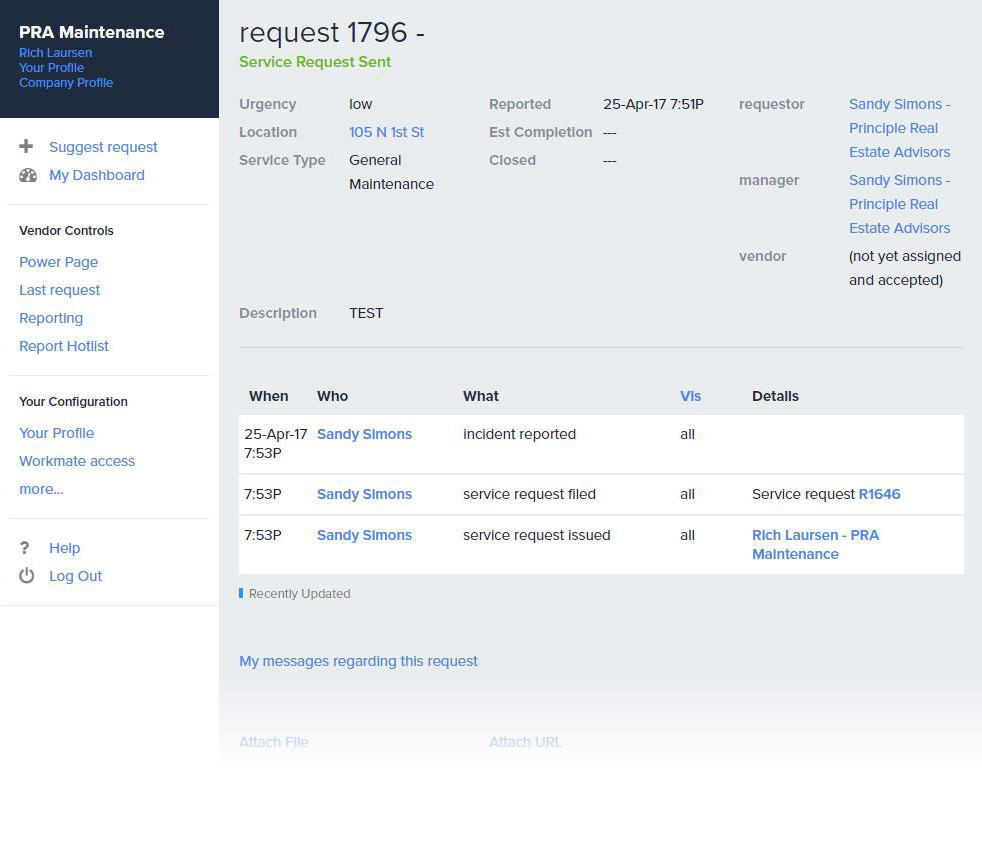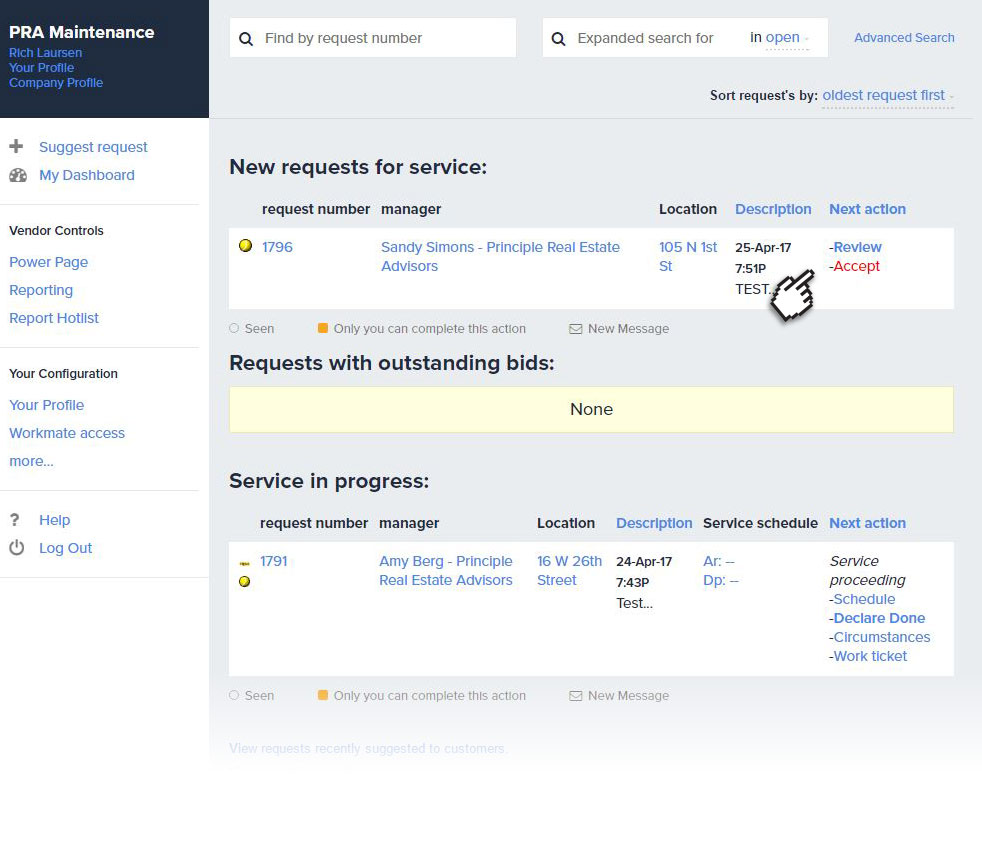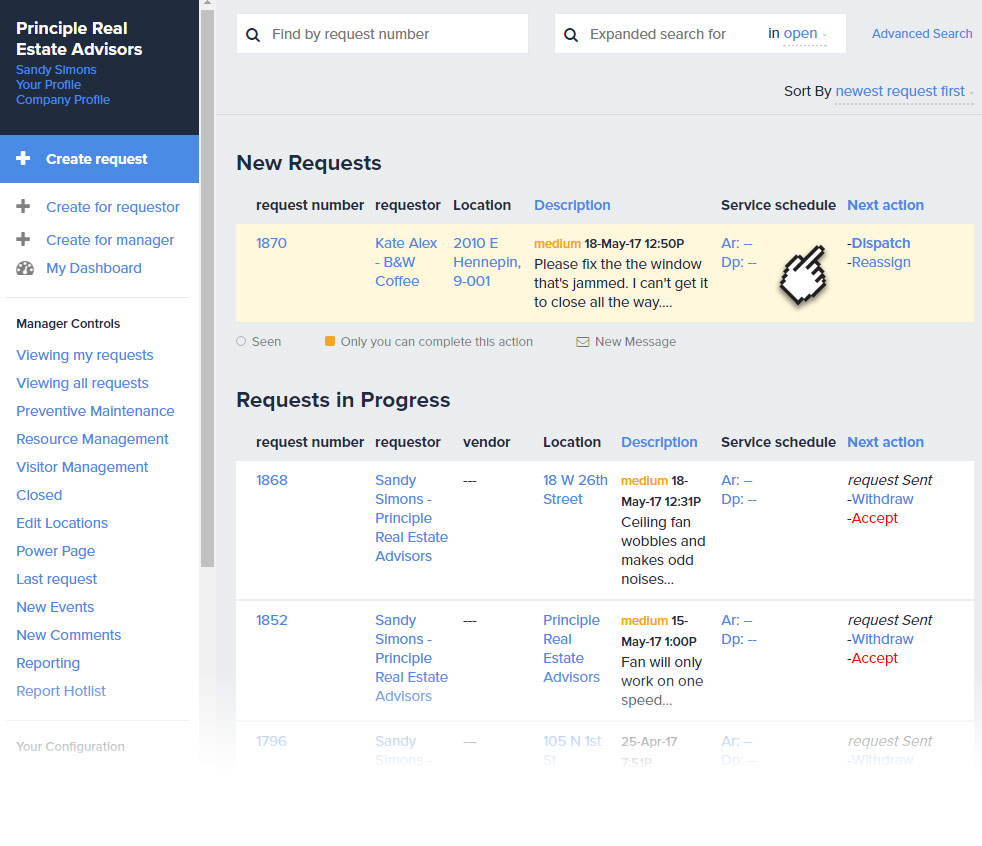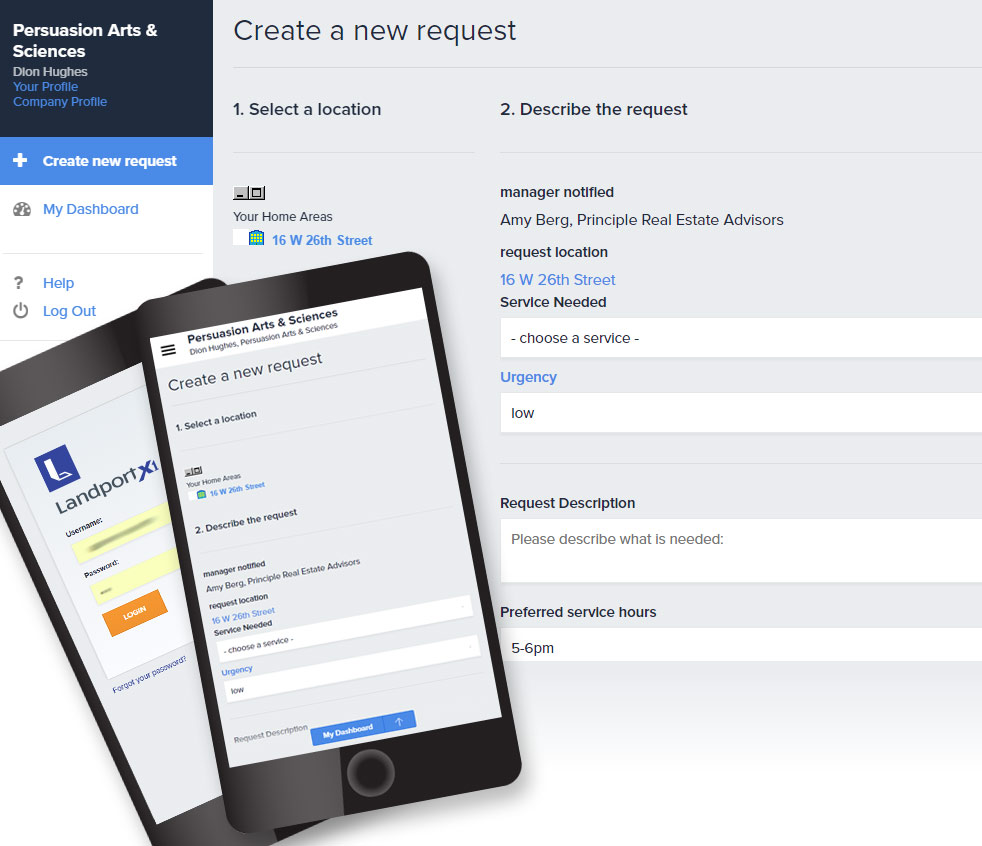The Purpose and Power of Routine Facility Maintenance
John F. Kennedy once said that it’s when “the sun is shining” that we should repair the roof. This advice is good for many situations in life but especially for facilities management. It’s so much better to avoid having to react in a crisis by having a program of routine preventative facilities maintenance.
Routine facility maintenance can be extremely important. Read on to earn more about the purpose and power of routinely maintaining facilities.

What is Facility Management?
The upkeep and operation of a building are often taken for granted. The users of a building barely notice that the building is managed, that is, until something goes wrong.
The tasks of maintaining and managing a building are at their best when nobody is aware that either is being done. This does not mean that they are not important or a challenge. Any property, whether it is small or big, a huge corporate headquarters or small residential property, benefits from effective facility management.
Facility Management is Important
Effective facility management is important. No business can operate effectively if the building that it is housed in is not providing the right environment for it to be effective. The comfort, cleanliness, safety, and cost-effectiveness of a building can all contribute to the success of a business.
Just imagine for a moment what the implications for a business would be if there was a power outage, and air conditioning failure, a pest infestation or a fire. The effects could be disastrous to the business. Even minor irritations can lead to low employee morale, customer dissatisfaction or operational inefficiencies.
What is Routine Facility Maintenance?
You could wait for things to fail in a building before fixing them. This would avoid the cost of preventative maintenance.
Preventative maintenance or routine facility management is a low cost compared to the potential cost of a major failure. Even minor failures can accumulate and create a general drop in standards within a building.
An erosion of quality can devalue a building over time both in the value of the asset and its capacity to earn revenue from tenants. Low building standards can disrupt the operations of building users, reduce performance and put business success at risk.
Maintaining facilities on a routine basis seeks to keep standards high, prevent failures, and protect the real estate asset. Maintenance can consist of checks as well as repairs. The maintenance can be applied to building systems, equipment and the fabric of the building.
Using a property and facility maintenance management software application can help control the process. This systematic management of maintenance centralizes and performance manages this important activity.
Culture Change
Routine facility management may have to be a culture change in some businesses and buildings. It’s very easy to ignore the small irritations, failures, and weaknesses in a building until something major goes wrong. An attitude of preventative maintenance across both facility staff and building users can be a powerful way of maintaining high standards.
This takes leadership. Creating a sense of pride in a workplace or residence contributes to a culture of zero tolerance of failure and high standards. Implementing a routine for facility maintenance supports this zero-tolerance culture.
Routine Facility Maintenance » Owens Realty Services
Scheduled Maintenance
It’s important to have a schedule for maintenance. Keeping to the schedule, never being late or canceling helps support the culture of high standards. It’s tempting to let things slide, especially if you are under pressure but defend the schedule whenever it’s under pressure.
Keeping to the maintenance schedule pays off in a reduction in breakdowns, repairs, and outages. The schedule gives you a way of identifying priorities and rationing the resources you have to deploy. Some routine maintenance needs to be weekly, other things monthly and still more are fine to do annually.
It’s About the Team
Involving and engaging people in routine preventative maintenance is the key to running a healthy facility. The team could be facilities staff but it could also be building users. The more people involved and engaged the better for the building.
Allocate some aspect of regularly scheduled facility maintenance to each member of the crew. This will help engage the team with the concept of preventative maintenance. It helps stop people being pulled away from maintenance tasks to deal with reactive tasks.
Performance Management
Having a performance orientated approach keeps the focus on prevention. Develop measures of performance for routine facility maintenance. Aim to shift the allocation resources from reactive work to prevention work.
Have performance measures for people that report the percentage of time they spend on prevention. Also, record and report on how well the maintenance schedule is followed. Missing a scheduled check or preventative maintenance activity should be deemed a failure and on-time completion a success.
Information is Power
Capturing performance information can be a challenge but with the right tools, it can be done. Use facility management software to do this and you’ll reduce the pain considerably. Information is most definitely the key to performance management.
Capturing data about labor and parts costs will help establish the return on time invested in routine maintenance. Understanding the cost of downtime and reacting to crises will help the case further. Together these measures will help change the culture and drive the business case for routine facility maintenance.
Where Do I Start?
You might be convinced of the power of routine facilities maintenance. Where do you start? It can’t all be done overnight. Start with mission-critical factors. Only you can determine what these are. They’re unique to each situation.
Still not sure where to start?
Think about risks to life and limb. Fire hazards, security issues, continuity of electrical supply and pest infestation may be good places to start for most operations. Develop a checklist covering all your building systems and the exterior and interior aspects of the building. Involve your team in developing the checklist.
Use a risk assessment model to determine your priorities. Evaluate each item by assessing the likelihood of a failure and the impact of a failure. A high likelihood and high impact mean this is an urgent and important factor for your maintenance schedule.
Do It Now
Breaking the inertia is difficult. Get started with something… no matter how small. It will break the inertia and get you underway towards a routine facility maintenance culture.
Talk about property and facility maintenance management systems now.








